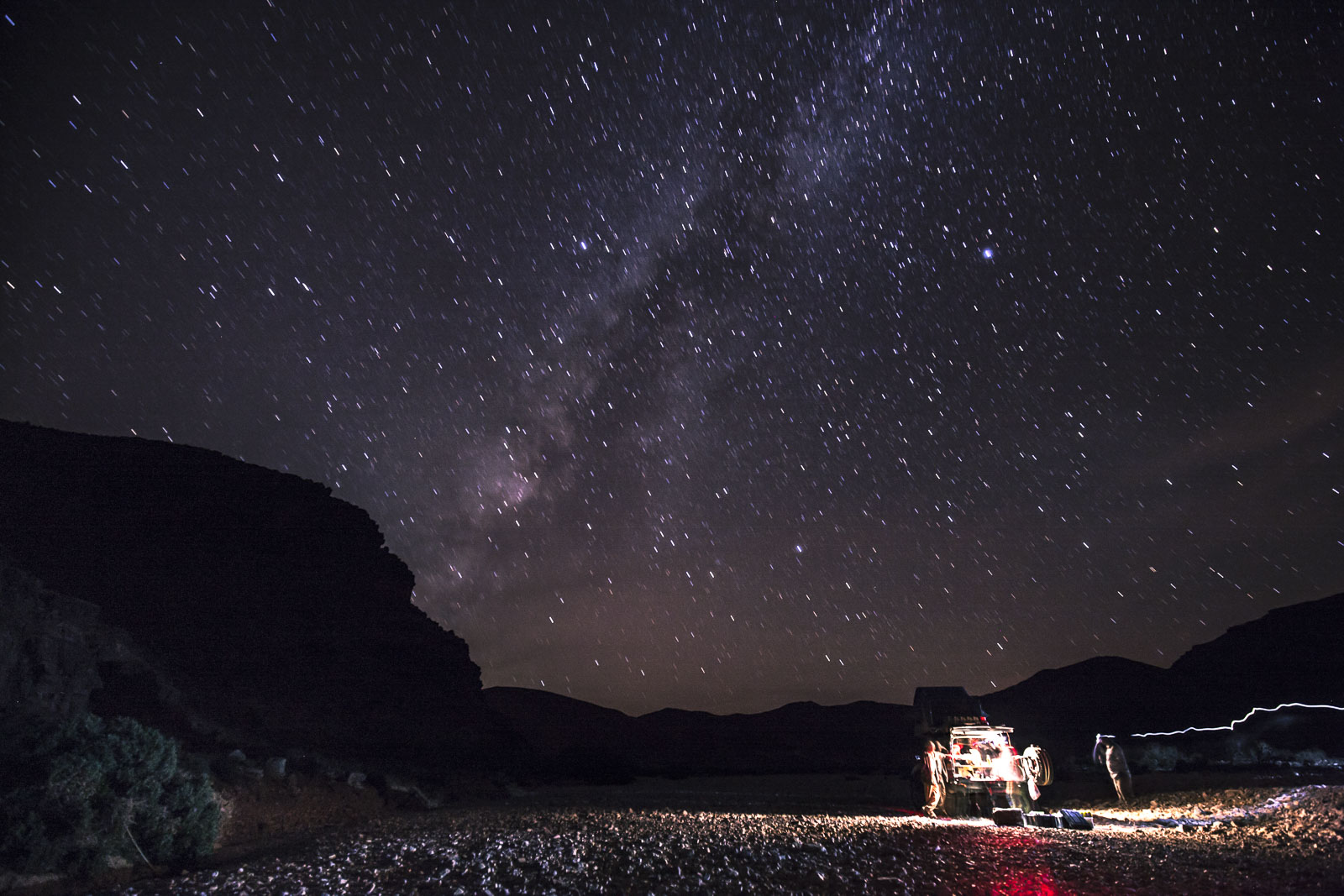western sahara adventure 2014, day 2 #2
Three weeks in North Africa driving as far south as latitude 23
Camera: Canon EOS 1Ds MKIII
Lens: Canon EF 16-35 mm. f/4.0L IS
CANON TC-80 N3 TIMER REMOTE
Then suddenly it all happened, and although I was prepared for this event: the burst of light that rose above the surface of the earth and shined into my pupils, causing me some pain in my eyes when staring directly at it; - it all still startled me, kind-off caught me by surprise, unprepared, off-guard.
The strong red glow from the early sun-rays enhanced the red color-cast in the rocks and hillsides, making it all a very saturated impression. The sky, deep-blue in color and the few and scattered orange clouds offered it’s contribution to the impressionistic look of it all. As the sun rapidly rose further and eventually broke free from the shade of the Anti-Atlas mountaintops, the landscape progressively changed in color and shifted in character. The surreal warm red-orange cast in the early rays changed by the minutes; decreased it´s saturation, fading in color and shifting into a more bright and yellowish glow. The once very long shadows, all newborn at the first early sunshine, faded slowly and grew shorter and shorter with each inch the sun gained in altitude.
I was filled with joy and happiness on my view upon all this, and also by the powerful silence of the morning; - I hastily shifted position and elevation to get as many exposures and compositions as possible. To make the most of this early morning alone with my camera in the mountains.
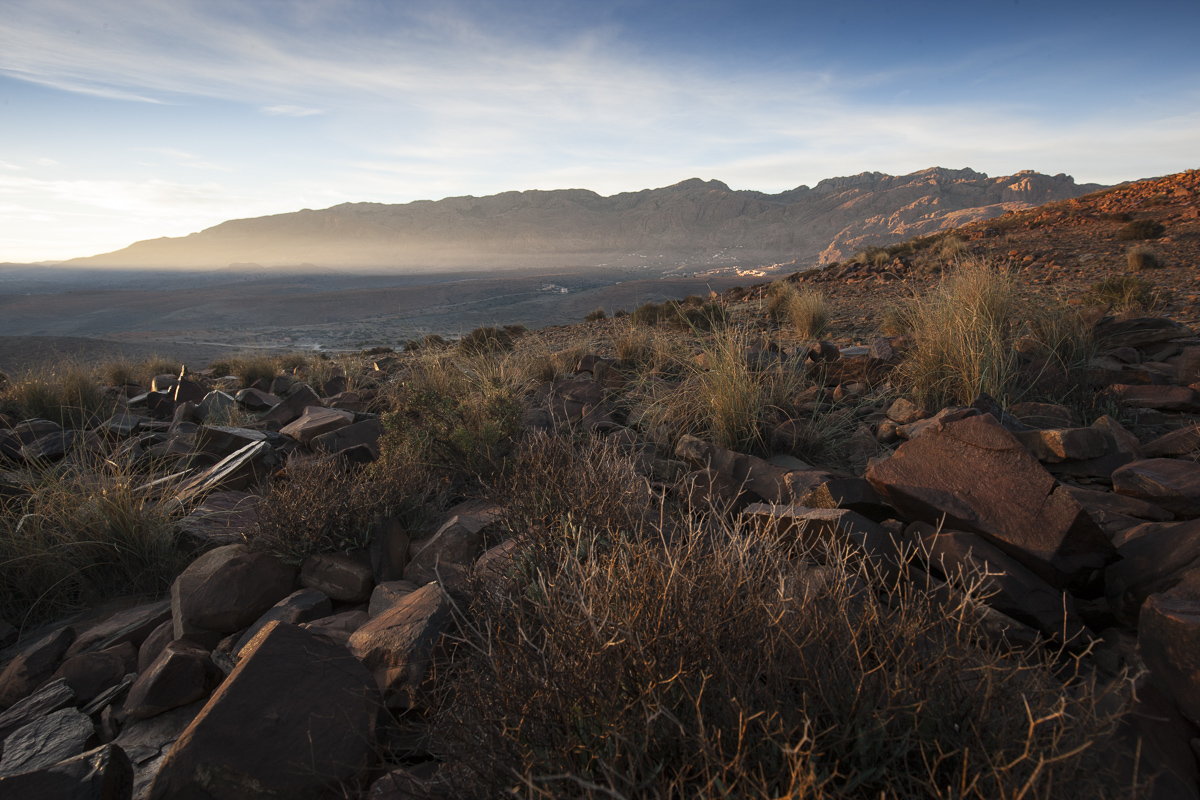


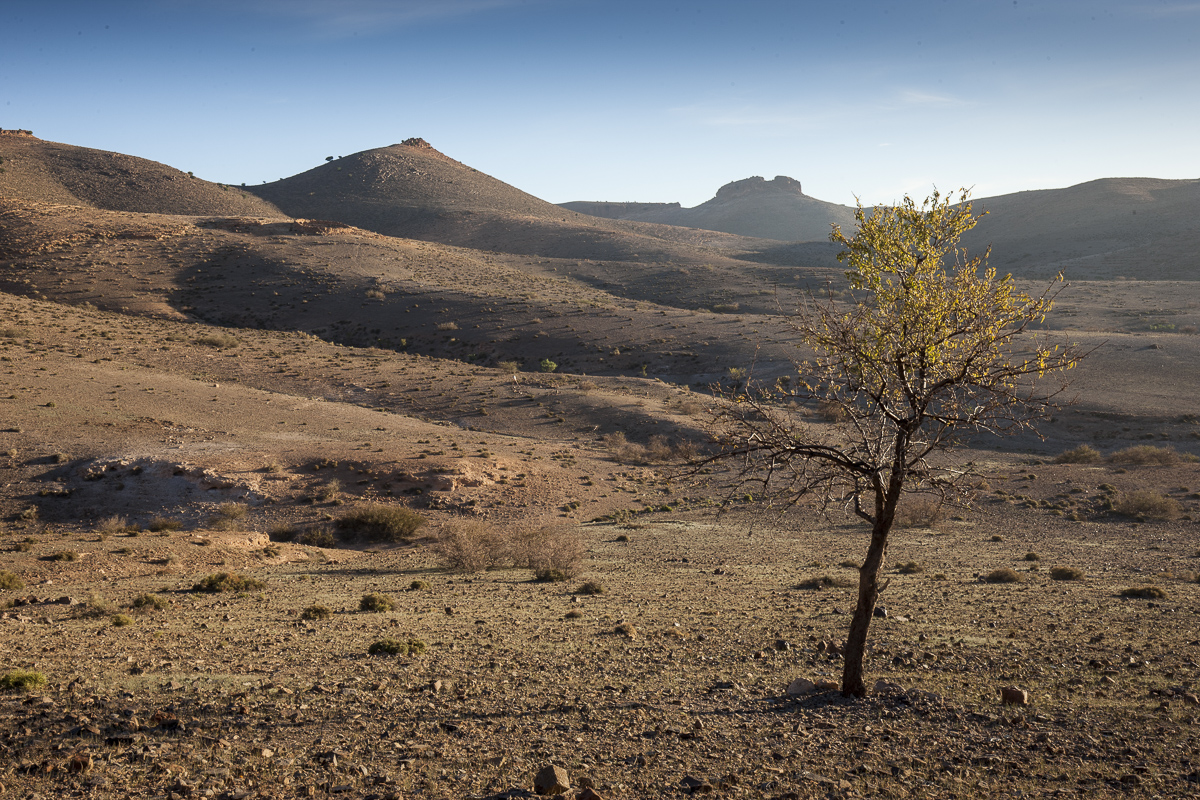

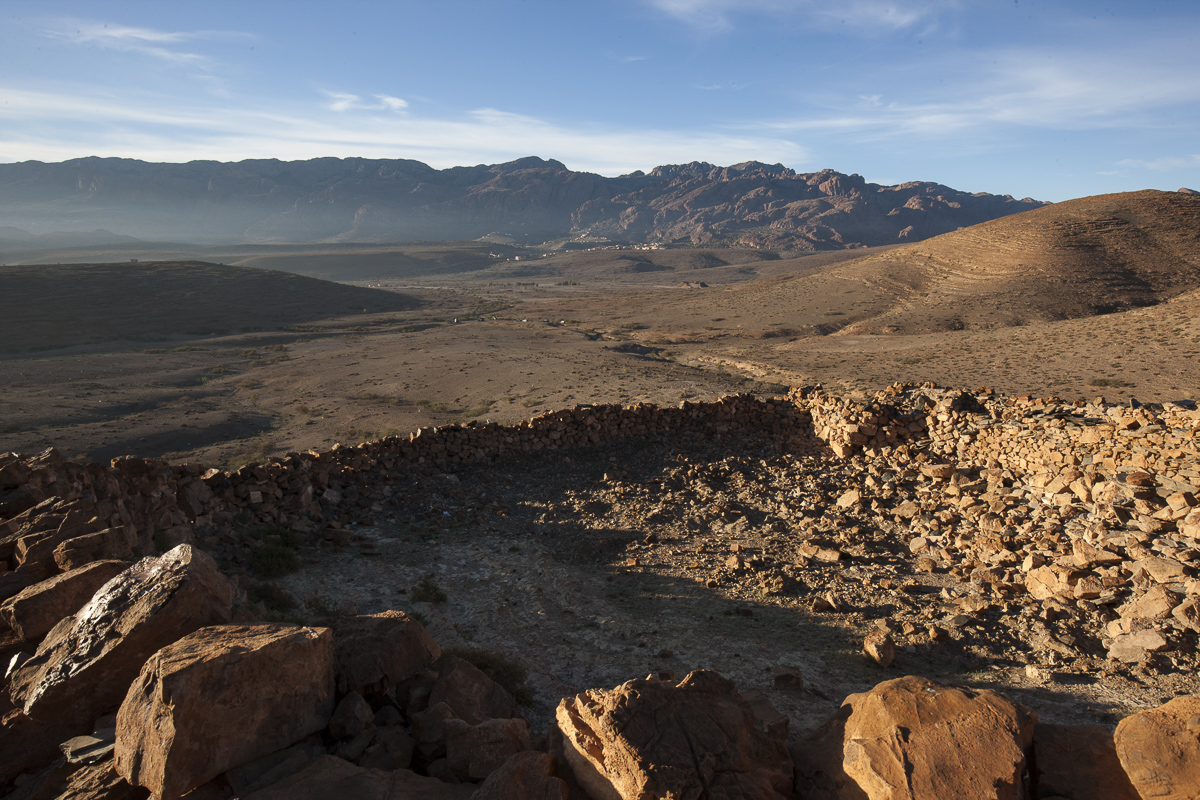
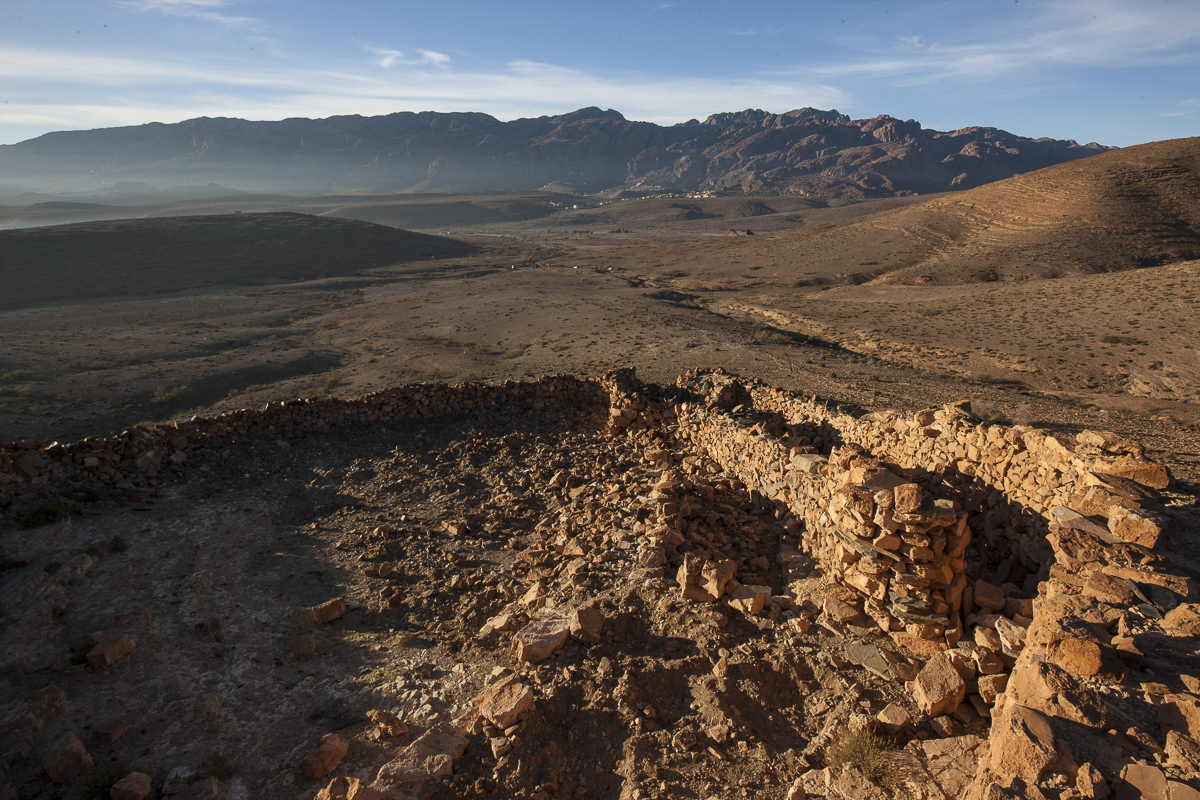
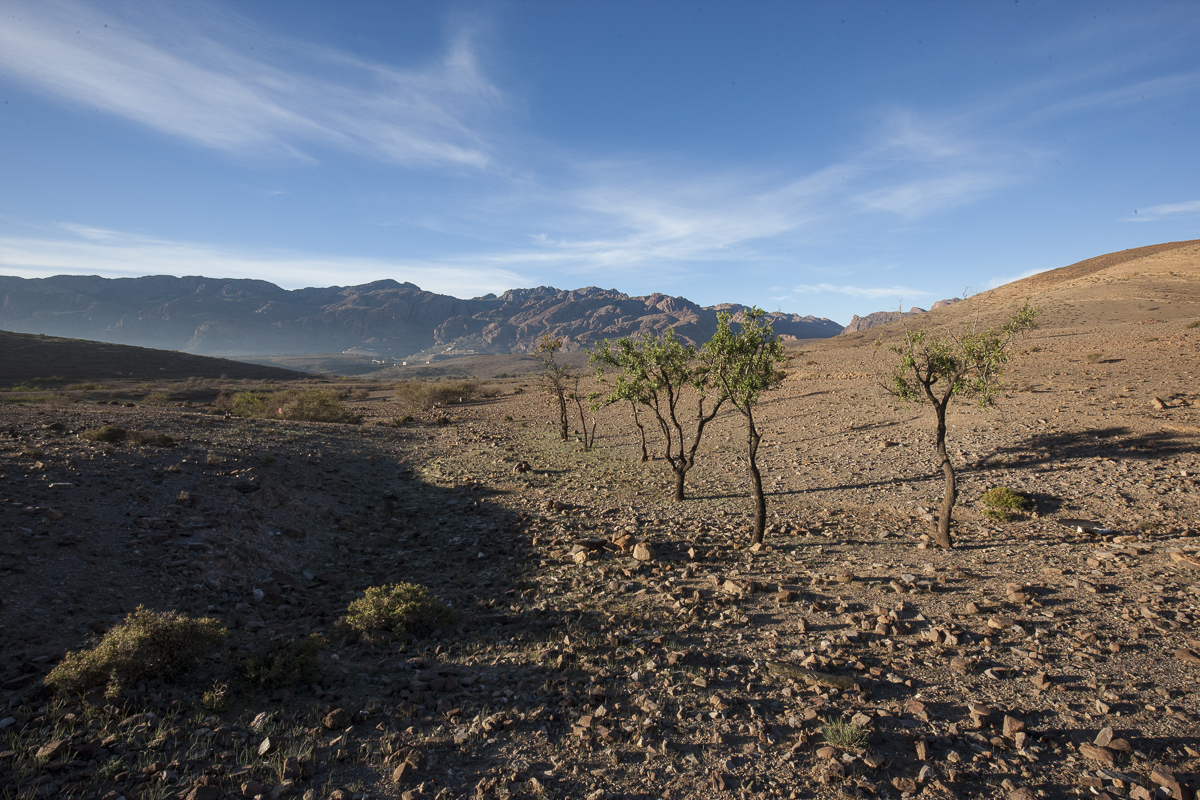
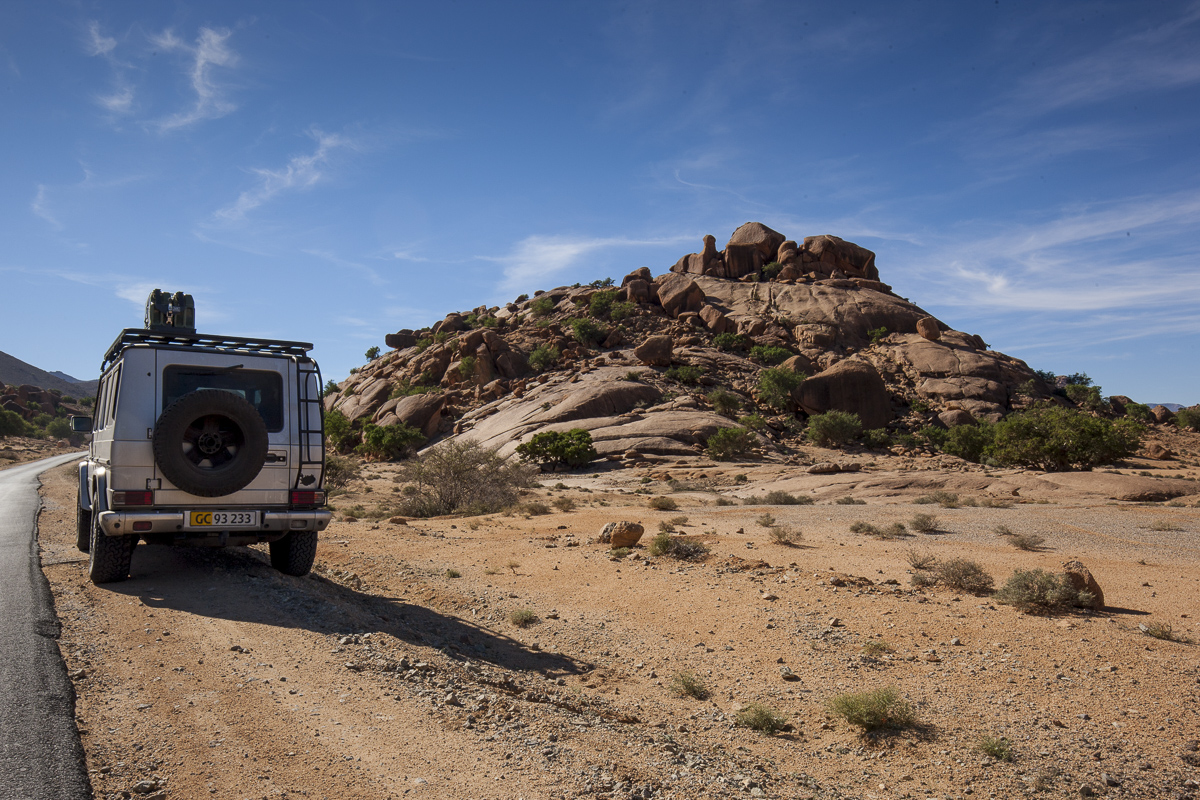


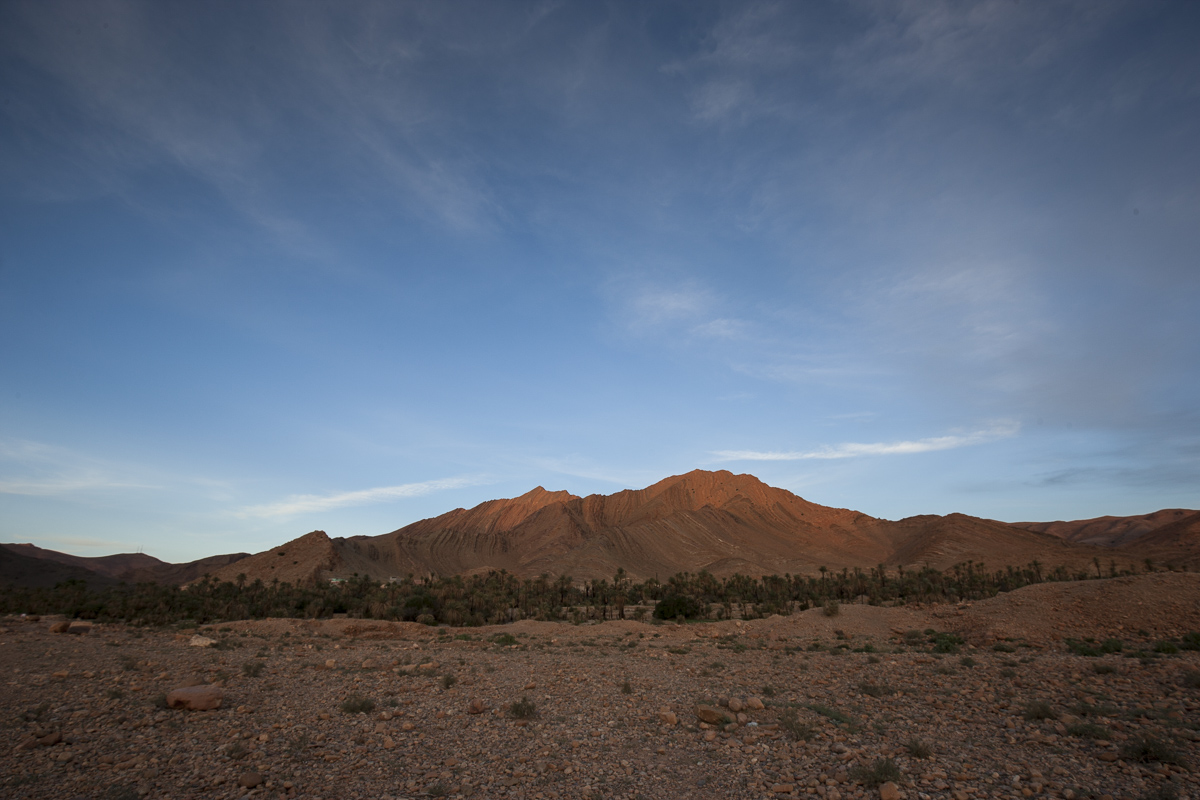
Stargazing in North Africa is a special thing, one factor increases the experience, another ruins it. Two forces battling each other, one caused by the absence of man, the other is a natural phenomenon.
Light pollution in Morocco is not a great problem and the view to the night skies benefit from this. But the fairly great amount of dust and small sand-particles flying around beneath the stars obstruct the view, and causes an enormous fading of the light emitting from the distant stars and galaxies. On the Northern hemisphere a 30 sec. exposure-time will be sufficient when photographing stars; but here the light-loss will mean that an exposure around 120 to 180 seconds is needed. Causing stars to become blured lines instead of prominent bright dots on the sky.
Still, - it is always a very special felling to lean your head back a bit and lay your eyes at rest on the milky-way glowing in the dark just above the horizon.
